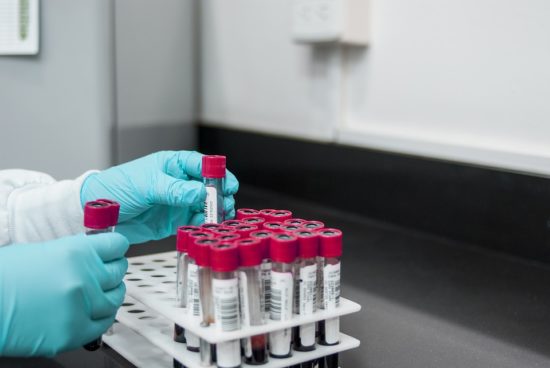A need for novel diagnostics: meeting the moment
Appropriate patient care, disease surveillance and effective public health responses all hinge on accurate and timely diagnosis. As a major driver of health and economic outcomes, diagnostics represent a core pillar of global health security and universal health coverage, as a fundamental component of functioning health systems.
KEY FINDINGS of the report:
- Diagnostics receive only a small share of global health R&D funding. Over the last decade, the
share of global funding going to diagnostics R&D has ranged from a low of 4.7% ($142m) in 2013
to a high of 7.0% ($272m) in 2017, before peaking – in absolute terms – in 2020, when more than
$200m was allocated to COVID-19 diagnostics R&D alongside much larger investments in COVID-19
vaccines and therapeutics. Although differences in development costs mean we would not necessarily expect equal funding across different product areas, the size of the gap in diagnostic funding appears too large to be explained solely by more expensive trials for vaccines and therapeutics. - The biggest funders of diagnostics R&D are also among the largest funders of global
health R&D overall. The US National Institutes of Health, the Bill & Melinda Gates Foundation, the
US Department of Defense, the US Biomedical Advanced Research and Development Authority,
the European Commission, and industry together account for 69% of funding for diagnostics and
diagnostic platforms over the last decade. - The small share of investment in diagnostics R&D persists across all three global health
areas tracked by G-FINDER, and for COVID-19. Diagnostics receive less than a tenth of R&D
funding for neglected diseases, emerging infectious diseases, sexual & reproductive health issues,
as well as COVID-19. - Benefits of improved diagnostics extend beyond the patient, but can be hard to measure
formally. Metrics for measuring impact need to evolve to capture the vital role of diagnostics in
management of population health, pandemic preparedness and public health response at the national and global levels. - A coordinated global approach is needed to provide the funding required to address the
diagnostics R&D gap. The global responses to COVID-19 and – eventually – to Ebola show that
the rapid development of crucial diagnostics is possible, cost effective and comparatively cheap. We
need better mechanisms for funding product development in the absence of an obvious crisis.
AMR NEWS
Your Biweekly Source for Global AMR Insights!
Stay informed with the essential newsletter that brings together all the latest One Health news on antimicrobial resistance. Delivered straight to your inbox every two weeks, AMR NEWS provides a curated selection of international insights, key publications, and the latest updates in the fight against AMR.
Don’t miss out on staying ahead in the global AMR movement—subscribe now!







